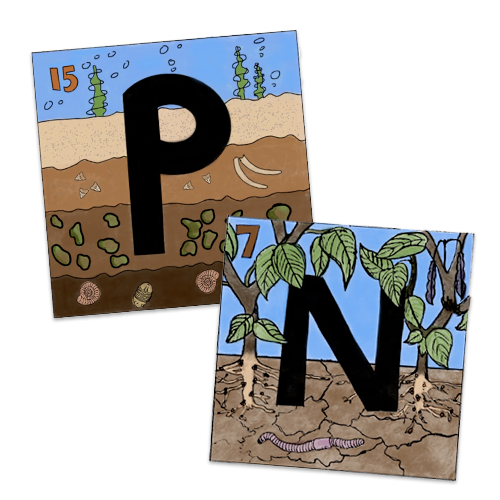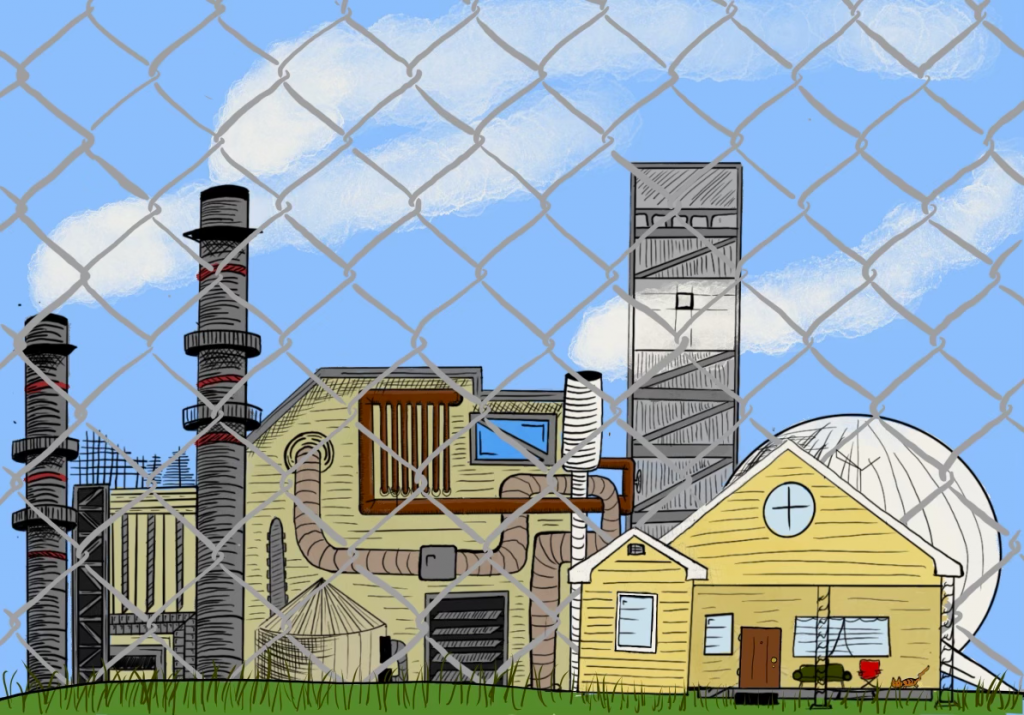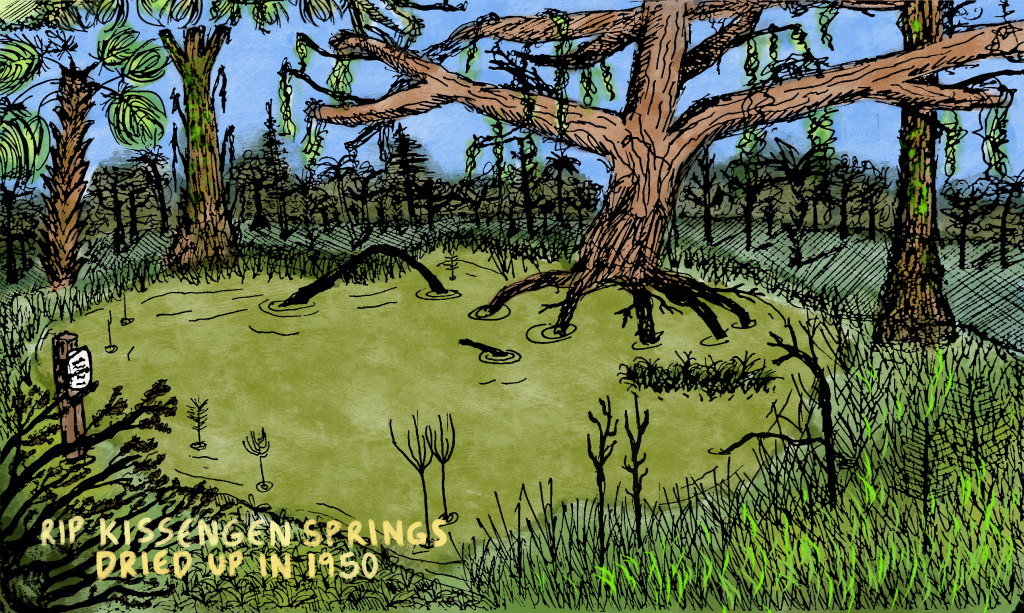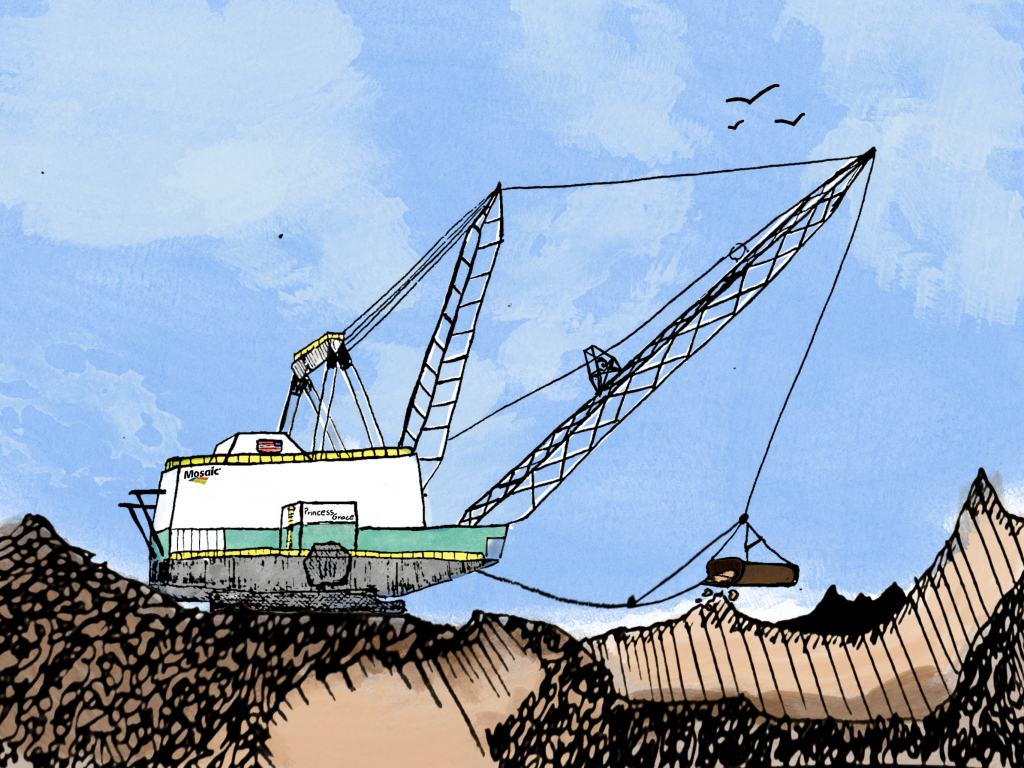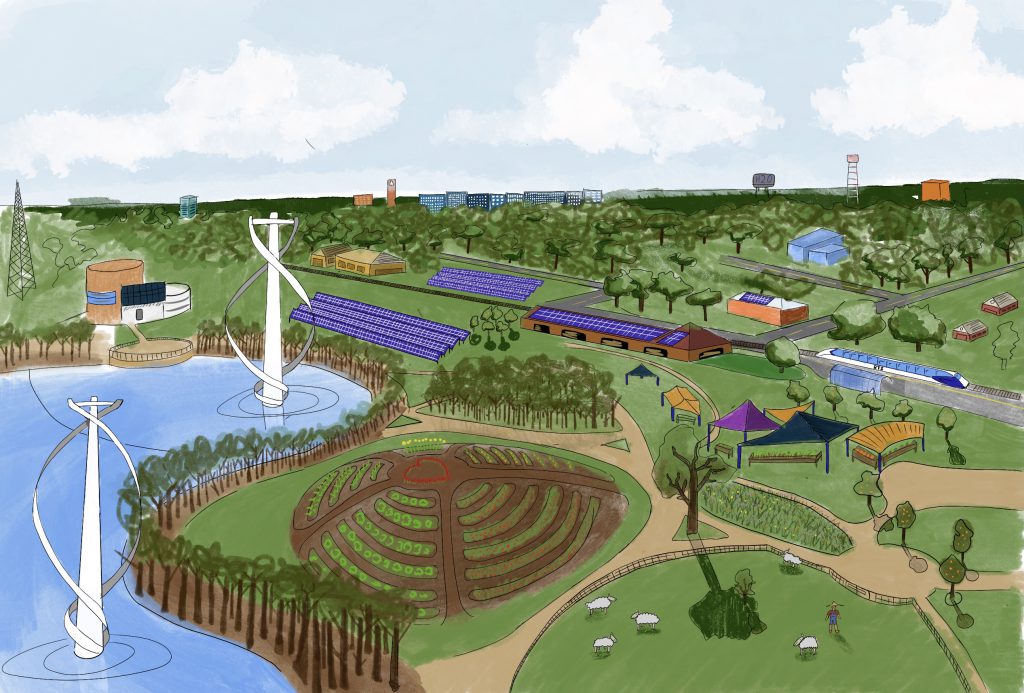
The price is too steep.
There is a lot of information here and I was happy to see the last section which was supposed to be optimistic with better days ahead. But after reading the article about Florida my hopes were dashed. In this article we see a re-hash of clichés:
Part of the reason less fertilizer has been used is because AG lands are changing into development or abandoned because of citrus greening. This is not optimistic.
Farmer Brantley Schirard Jr. believes himself to be a steward of the land, just as all farmers seem to think they are stewards of the land, even the most polluting ones.
BMAPs are seen as the solution, and the Dept. of Agriculture rep Angela Chelette says that “…if regulators find that farmers are not following rules, they face penalties, like fines.”
Well, we all know how effective the failed BMAPs are, and we ask here, how many farmers have been fined? How many?
Read all these articles here at this link.
Thanks to Merrillee Malwitz-Jipson for sending this link.
Comments by OSFR historian Jim Tatum.
jim.tatum@oursantaferiver.org
– A river is like a life: once taken,
it cannot be brought back © Jim Tatum
Funded by a grant from the Pulitzer Center’s nationwide Connected Coastlines reporting initiative, The Price of Plenty teamed up student journalists from the University of Florida and the University of Missouri to report on fertilizer from the ground up. They reported from Florida’s “Bone Valley” where 8-million-pound earth movers strip-mine phosphate; from agrichemical plants along the Mississippi River; from farm fields and legislative hallways; from communities stuck next door to the industry; and from the Gulf of Mexico’s “dead zone,” where it threatens one of the world’s most productive fisheries.
Student journalists found that the industry wields outsized political power; that farmers have little incentive to use less; and that nutrient pollution persists despite exhaustive science linking fertilizer to toxic algae outbreaks and other problems. They also found that while government and industry research funding pours into fertilizer application and future markets such as hydrogen power and rare earth elements, there is a dearth of research on the human health risks associated with fertilizer production – from Florida’s reclaimed phosphate lands to Louisiana’s chemical plants.
They also found promising signs of action and change. An upswing in regenerative farming practices is helping to restore polluted waterways and fight climate change. Fenceline communities next door to the industry are becoming increasingly organized in pursuit of environmental justice. The student journalists also report on solutions that rethink food production and the industry’s waste. “If we can all put our heads together, then we can come up with solutions to make sure this does not exacerbate in the future or repeat itself,” said University of Florida soil and water science professor Jehangir Bhadha. “At the same time, the demand for producing food has gone up, so we are in a very tricky place. We have to be able to talk openly about these issues to be able to come up with solutions.”


 The Price of Plenty
The Price of Plenty